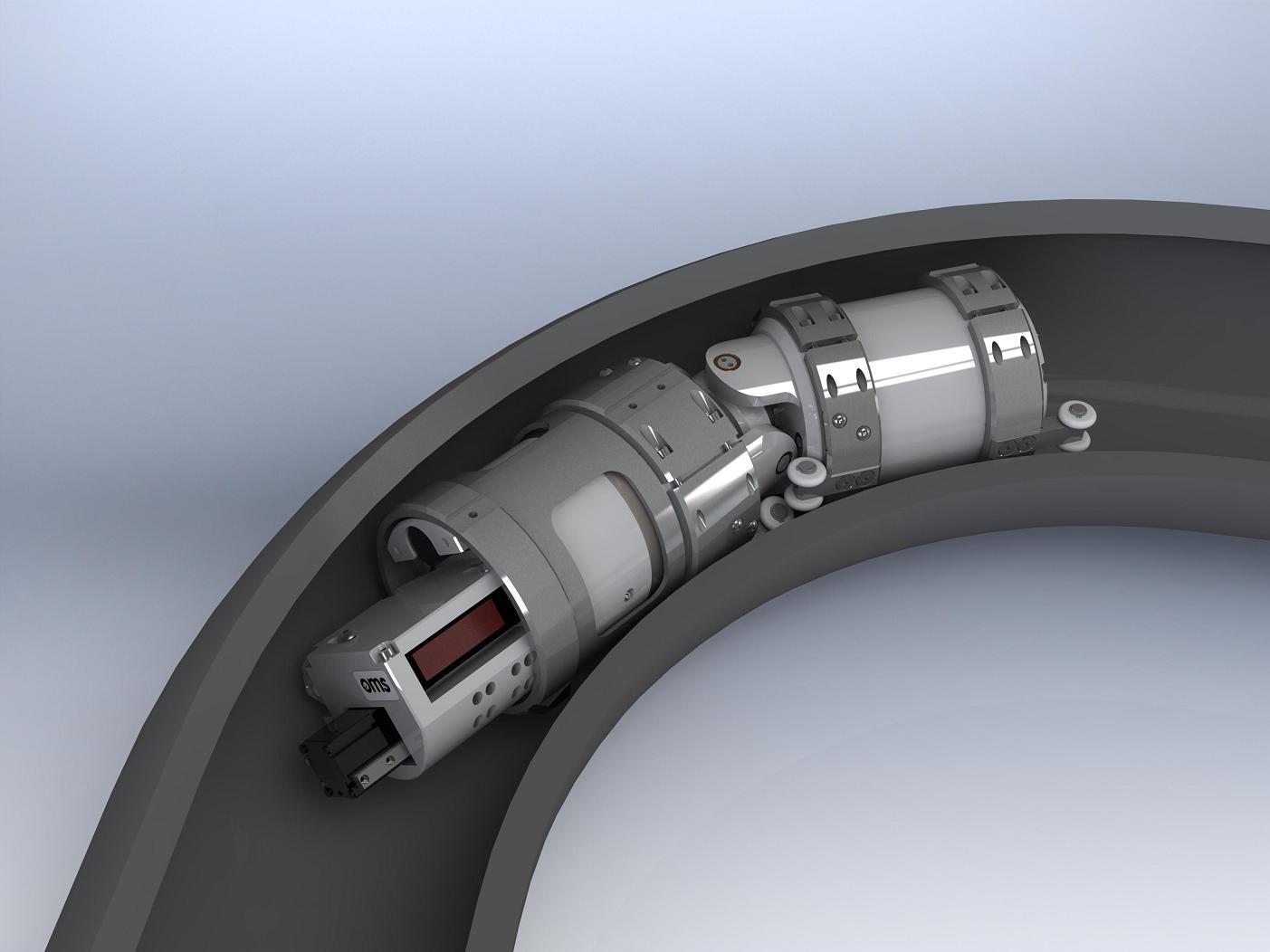Accuracy Matters: Relied On Pipeline Welding Inspection Services for Crucial Projects
Accuracy Matters: Relied On Pipeline Welding Inspection Services for Crucial Projects
Blog Article
Comprehensive Review of Pipeline Welding Assessment Treatments
Pipeline welding evaluation procedures play a vital role in assuring that welded connections fulfill strict industry standards and requirements. From thorough pre-welding examinations to thorough post-weld evaluations, a well-defined inspection process is essential for maintaining the architectural sturdiness of pipelines.
Pre-welding Inspection Preparations
Prior to starting the welding process, comprehensive pre-welding evaluation preparations are important to ensure the integrity and top quality of the weld joint. These prep work entail a meticulous evaluation of the products to be bonded, the welding tools, and the work setting. By conducting complete pre-welding evaluation prep work, potential problems can be recognized and solved early on, leading to reputable and high-grade weld joints.
Welding Treatment Certification
Complete pre-welding assessment preparations lay the structure for the crucial procedure of Welding Procedure Credentials, making certain the honesty and high quality of the weld joint. Welding Procedure Credentials (WPQ) is a crucial step in the welding procedure that entails testing and certifying welding procedures to ensure they fulfill certain criteria and requirements. The WPQ procedure generally consists of welding treatment specification advancement, welding treatment qualification screening, and documents of the results.
Throughout welding procedure spec growth, important information such as the welding procedure, welding materials, joint style, and welding parameters are specified to develop a detailed procedure. Consequently, welding treatment qualification screening is conducted to verify the recommended procedure's stability. This screening typically entails welding test promo codes that are subjected to different mechanical and non-destructive examinations to examine the weld's quality and adherence to the specified requirements.
In-process Weld Inspection
During the welding procedure, in-process weld evaluation plays an essential function in making sure the high quality and honesty of the weld joint - Pipeline Welding Inspection. This kind of evaluation involves monitoring the welding criteria, examining the weld bead formation, and detecting any prospective issues or gaps as they take place. By conducting in-process weld evaluations, welding operators can quickly address any problems that may occur, thus protecting against more problems and making certain that the last weld fulfills the required requirements
Common methods made use of for in-process weld examination consist of visual examination, fluid penetrant testing, magnetic fragment screening, ultrasonic testing, and radiographic screening. Aesthetic evaluation is typically the very first action while doing so, allowing inspectors to visually learn the facts here now analyze the weld for surface abnormalities such as cracks, porosity, or incomplete combination. Advanced approaches like ultrasonic screening and radiographic testing give detailed understandings into the internal framework of the weld, making sure that there are no covert defects that can endanger the weld joint's stamina and honesty. On the whole, in-process weld assessment is important for maintaining the top quality and dependability of welded pipes.
Non-destructive Screening (NDT)
Non-destructive Testing (NDT) is an essential technique utilized in pipeline welding inspection to examine the integrity of weld joints without creating damage to the bonded structure. By using different NDT methods, examiners can examine the high quality of welds and determine any kind of problems or interruptions that might compromise the structural stability of the pipeline. Typical NDT techniques utilized in pipe welding examination consist of Radiographic Screening (RT), Ultrasonic Testing (UT), Magnetic Bit Evaluating (MPT), Liquid Penetrant Testing (LPT), and Visual Testing (VT)
RT entails the usage of X-rays or gamma rays to produce images of the inner framework of the weld, enabling assessors to spot flaws such as porosity, fractures, or incomplete combination. Furthermore, VT involves aesthetic examination of welds to recognize any type of noticeable flaws.
Post-weld Evaluation and Paperwork


Paperwork of post-weld evaluation findings is vital for maintaining quality assurance records and guaranteeing conformity with industry requirements and laws. Detailed records ought to consist of information concerning the evaluation approaches utilized, the location and nature of any flaws found, and any type of rehabilitative actions taken - Pipeline Welding Inspection. Correct paperwork not just functions as a record Discover More of the weld's quality however additionally aids in future maintenance and inspection processes
Verdict

In conclusion, pipe welding assessment procedures play a vital function in ensuring the high quality and honesty of welds. In general, adherence to correct evaluation procedures is vital to the success of pipeline welding jobs.
From careful pre-welding examinations to thorough post-weld analyses, a distinct examination procedure is crucial for keeping the architectural strength of pipelines. By carrying out in-process weld assessments, welding operators can quickly deal with any issues that may occur, thereby avoiding additional problems and making sure that the final weld satisfies the called for specifications.
Common techniques used for in-process weld inspection include visual examination, fluid penetrant screening, magnetic particle testing, ultrasonic screening, and radiographic screening.Non-destructive Testing (NDT) is a crucial approach utilized in pipeline welding examination to analyze the honesty of weld joints without triggering damages to the welded structure. Post-weld inspection entails numerous methods to analyze the welds for problems, consisting of visual assessment, dye penetrant screening, magnetic fragment screening, ultrasonic testing, and radiographic screening.
Report this page